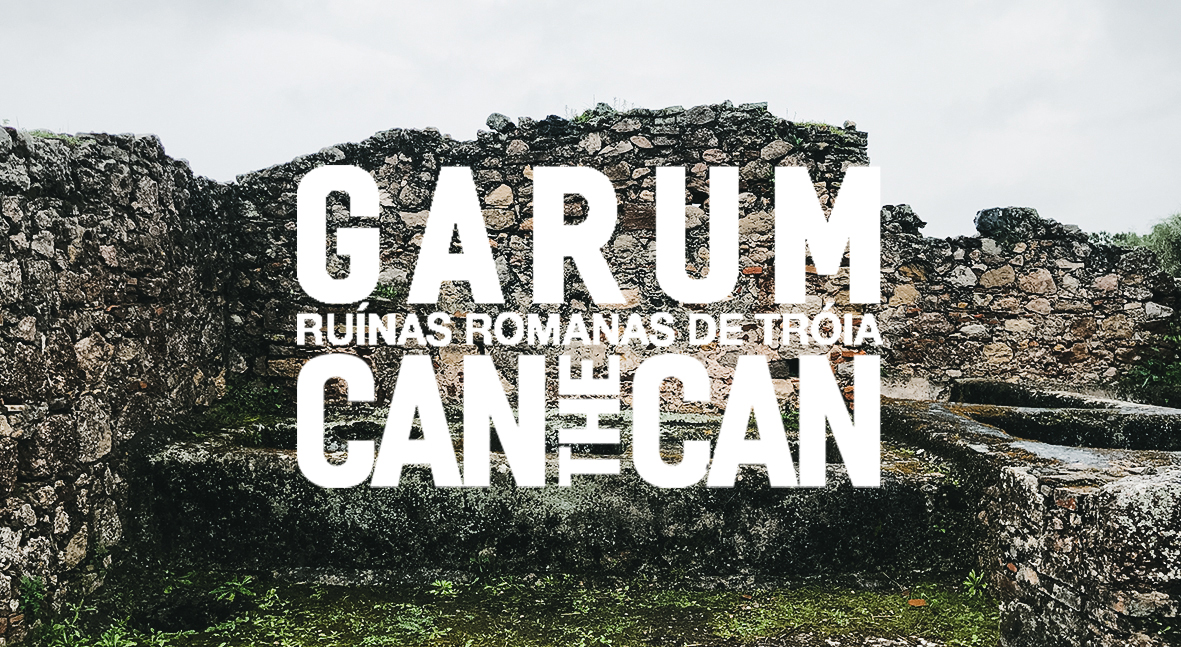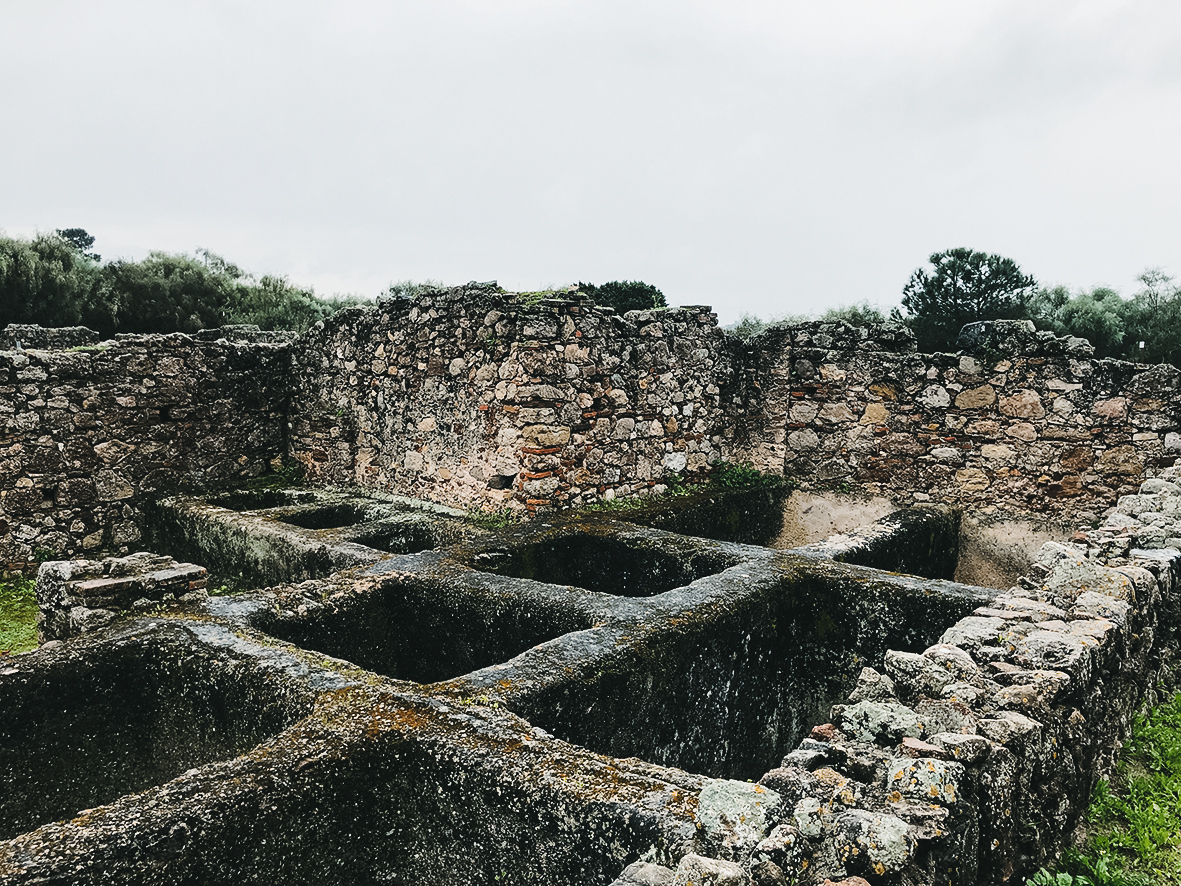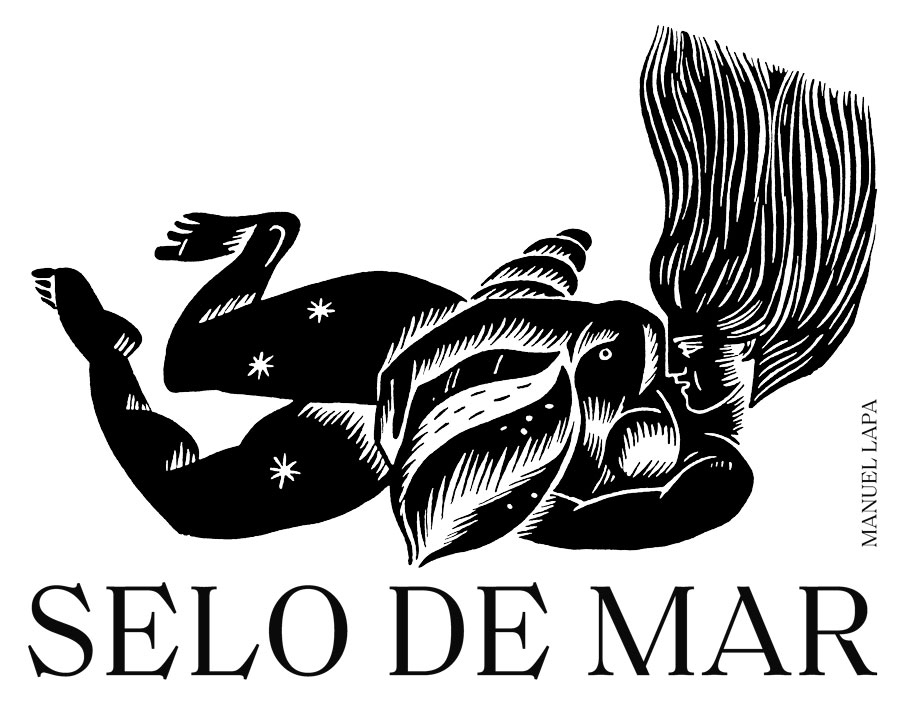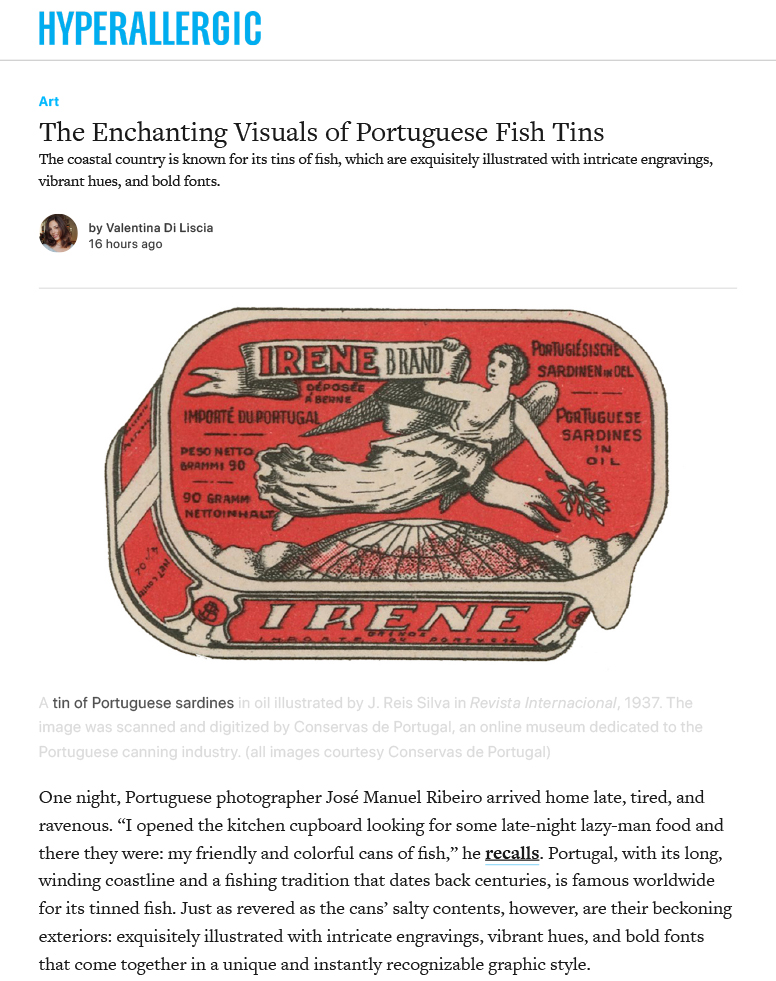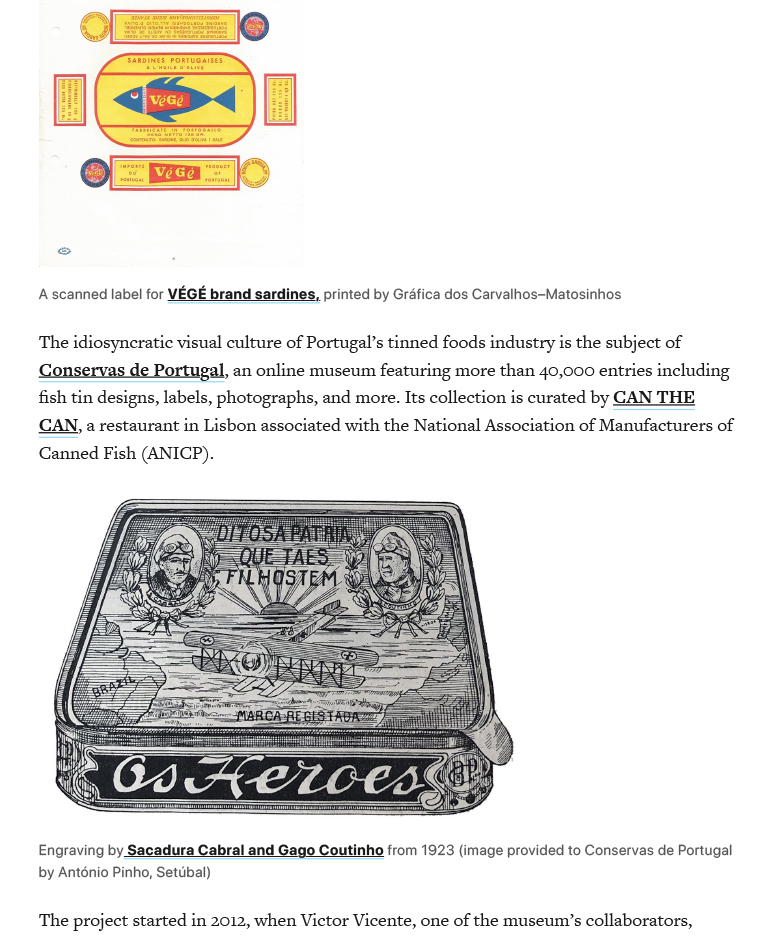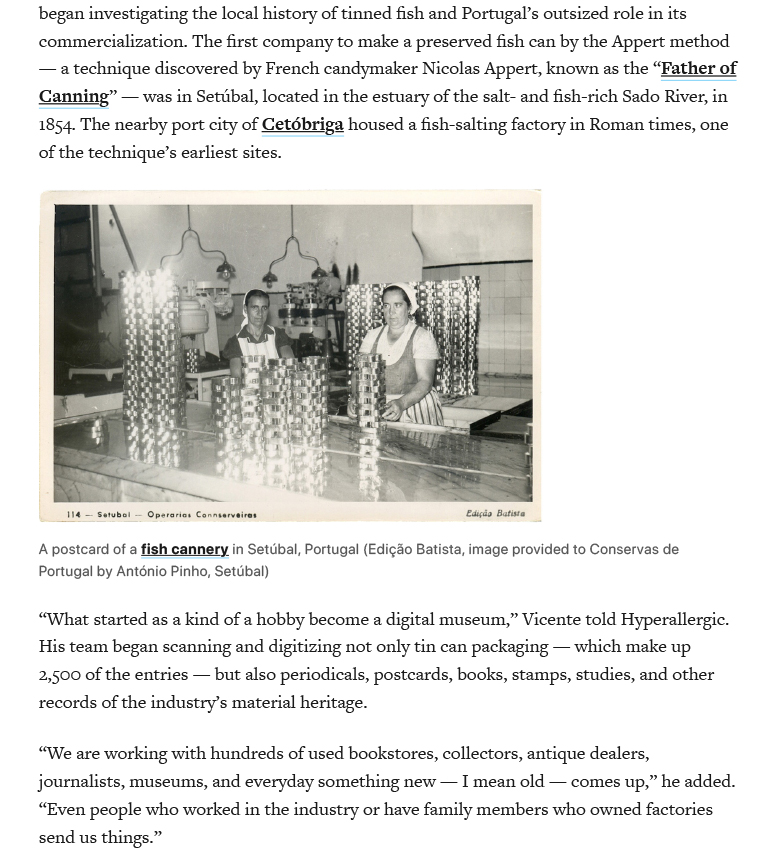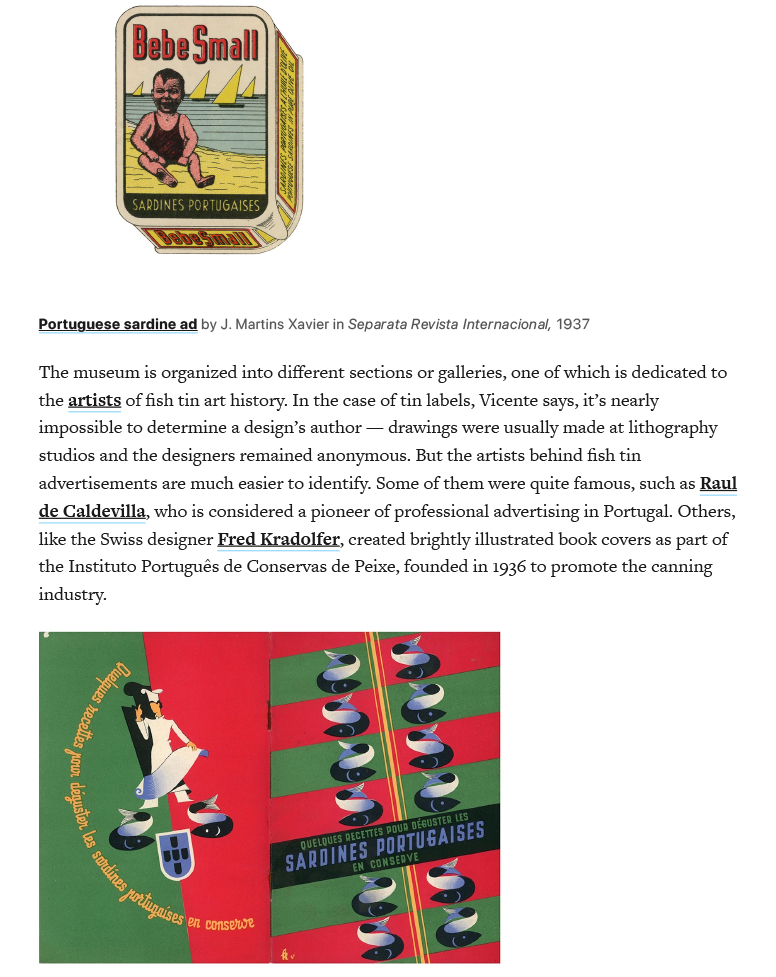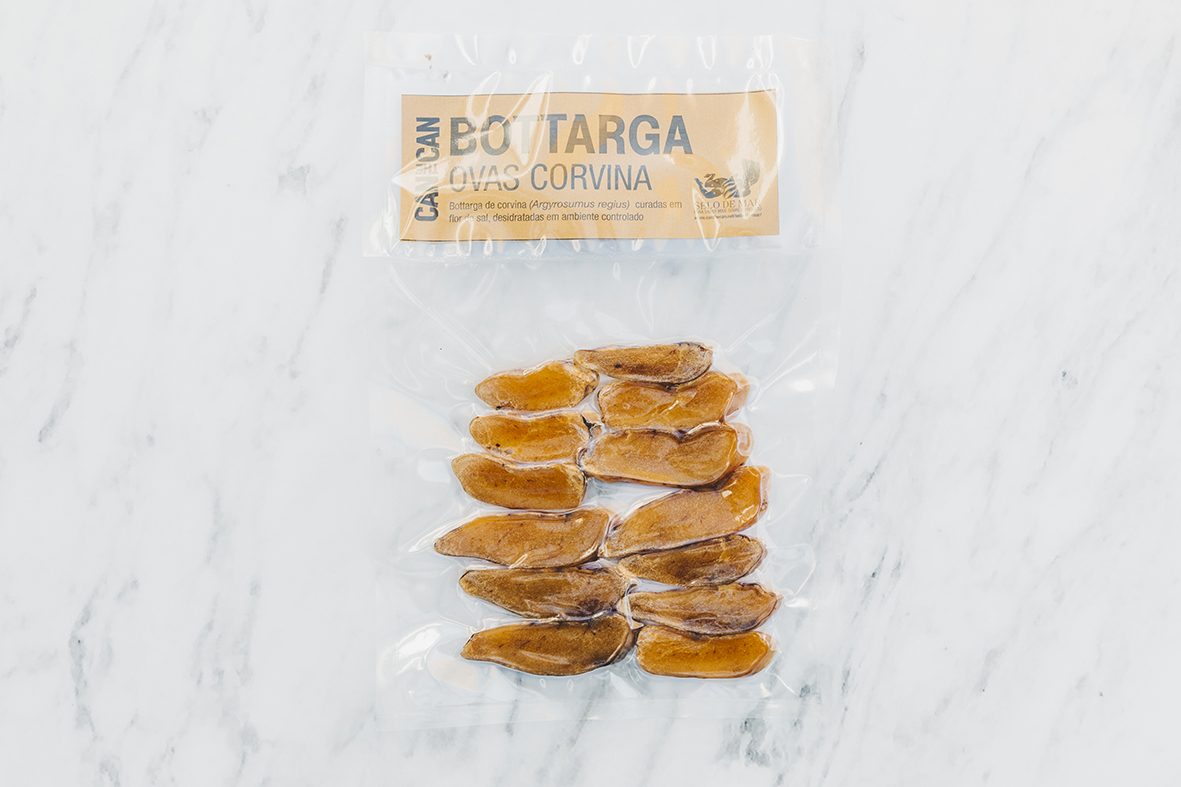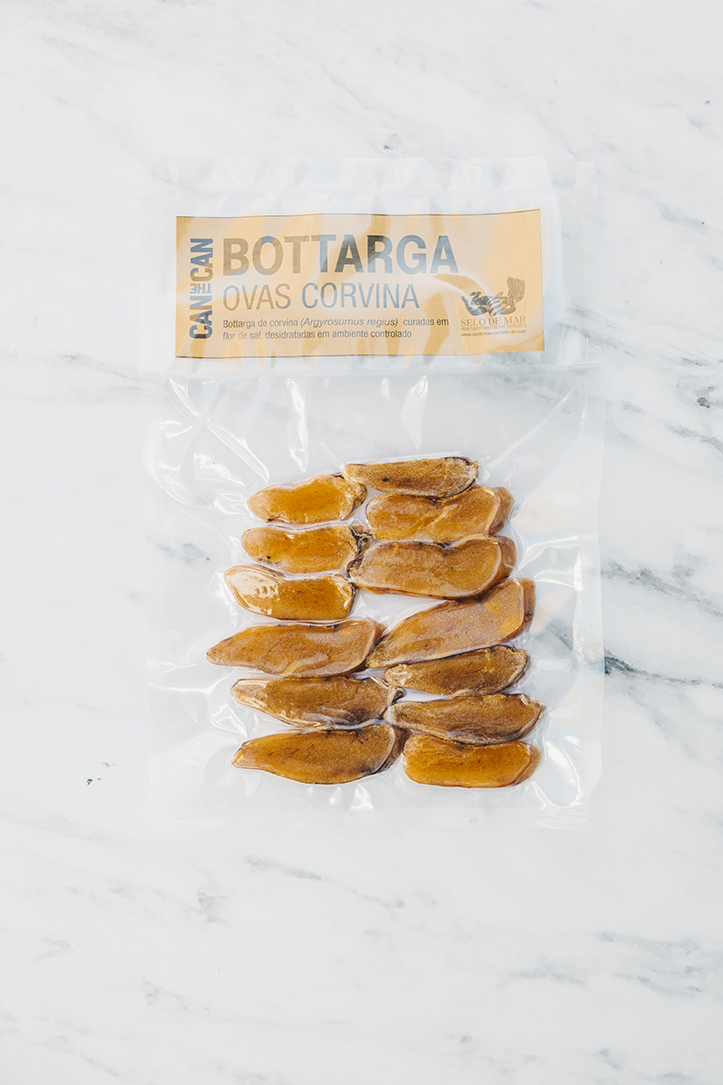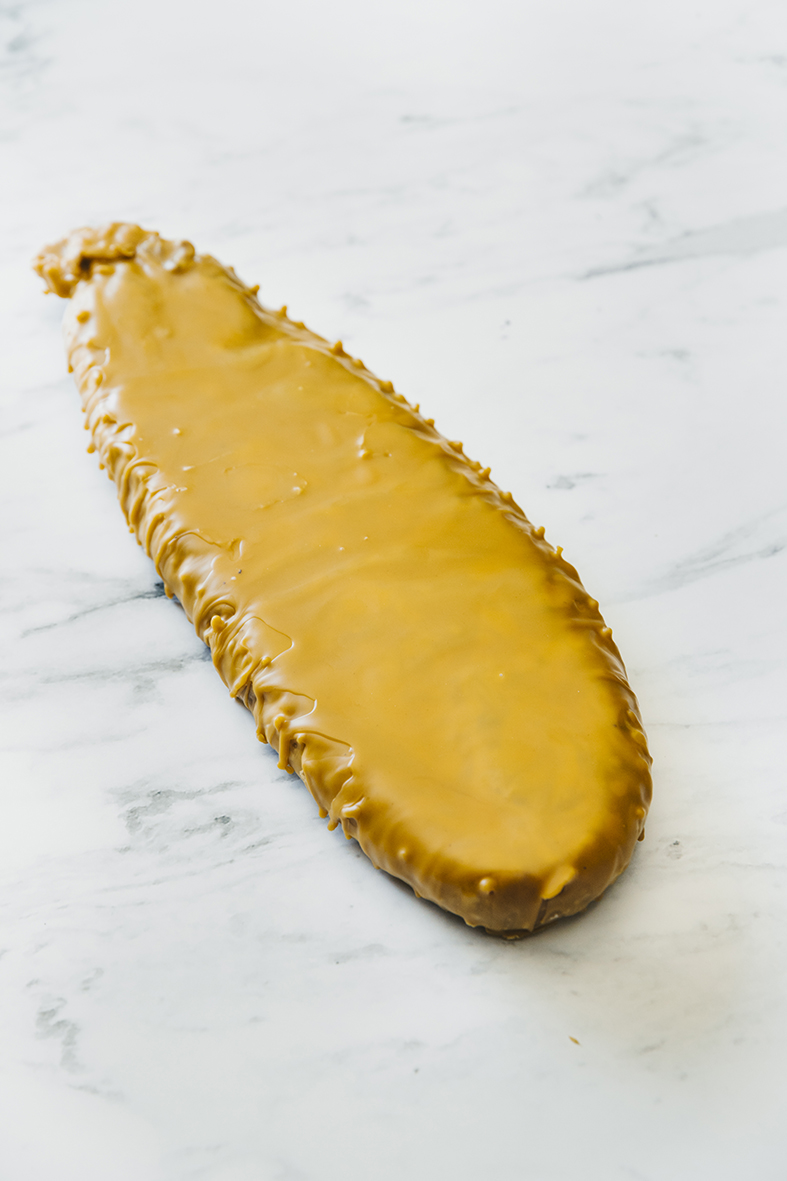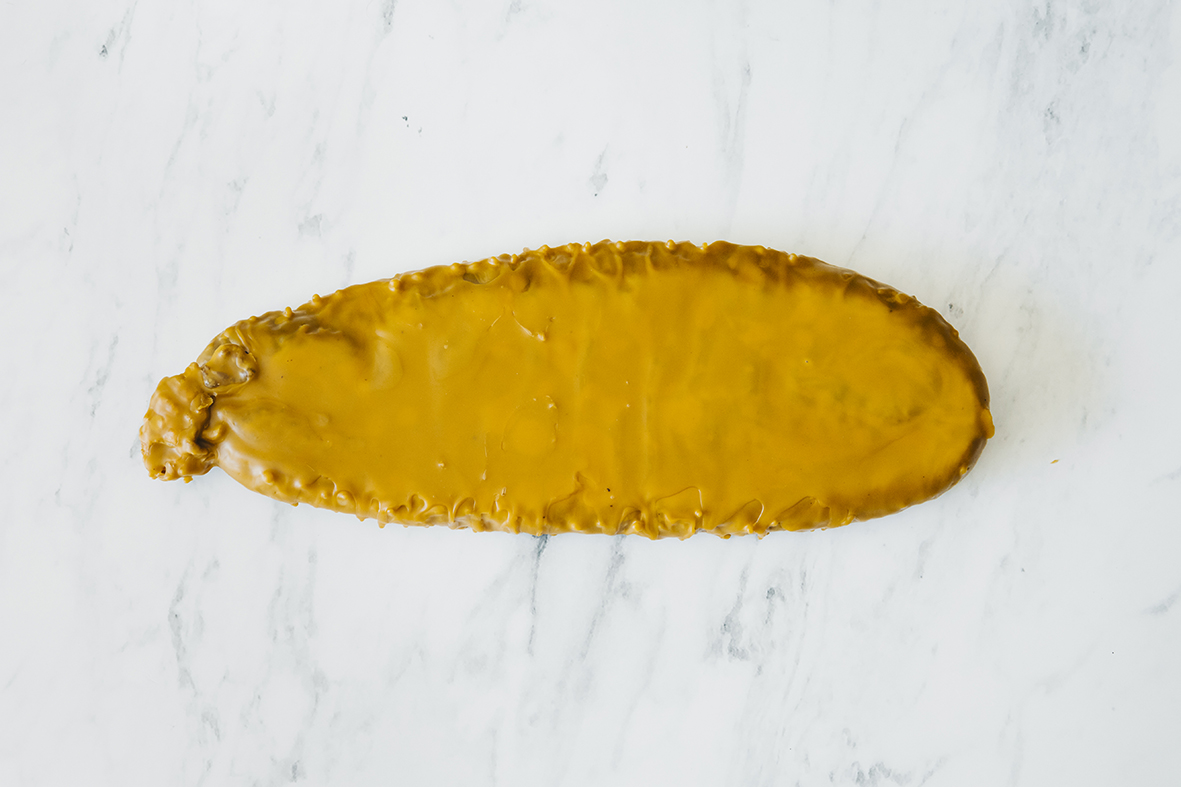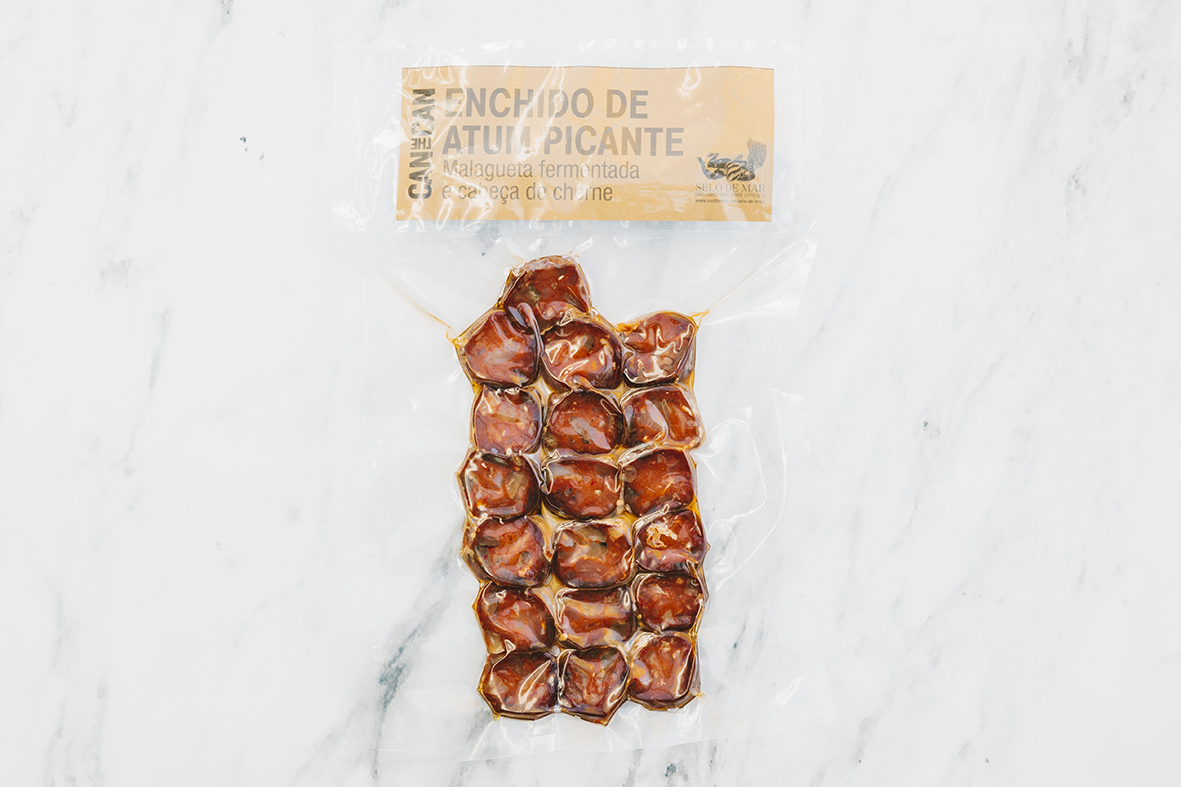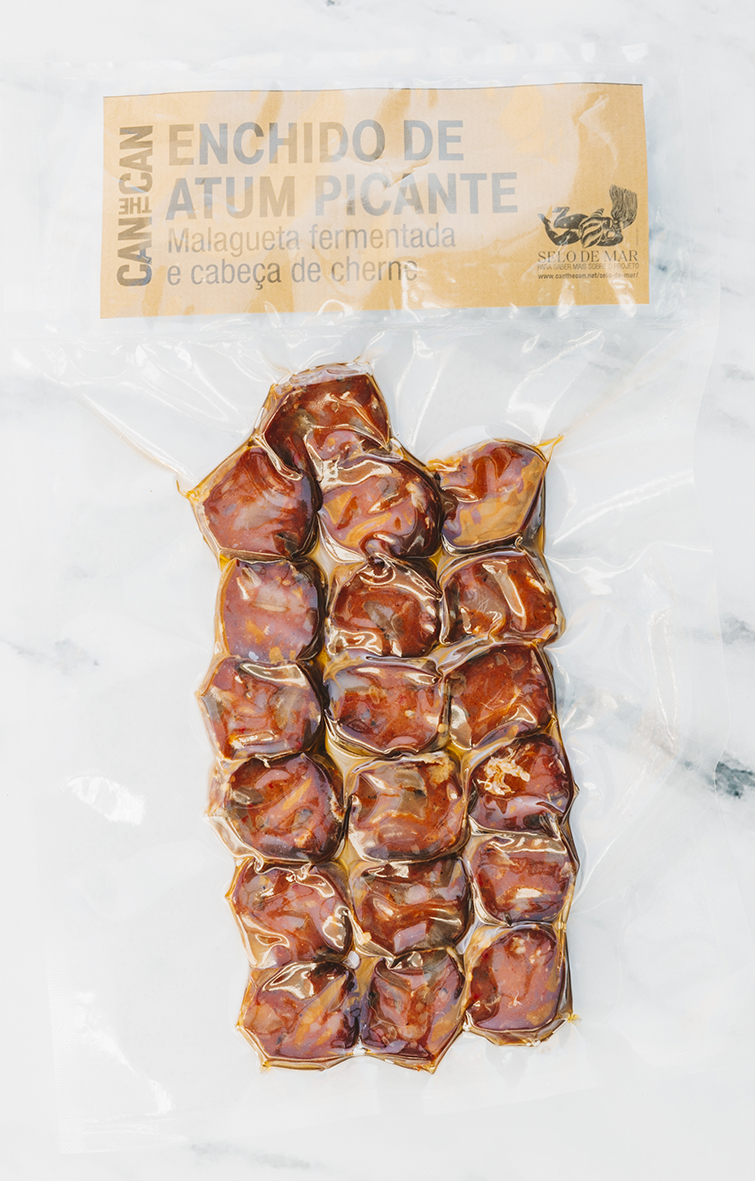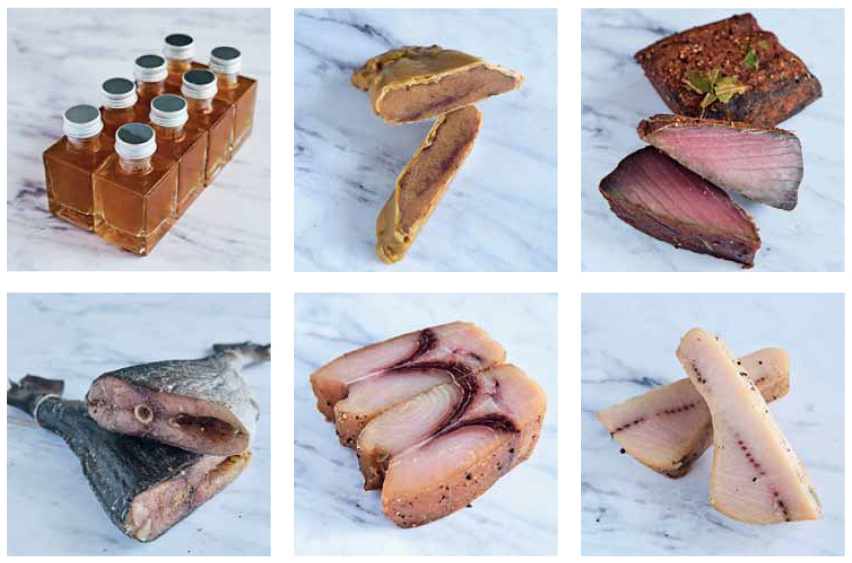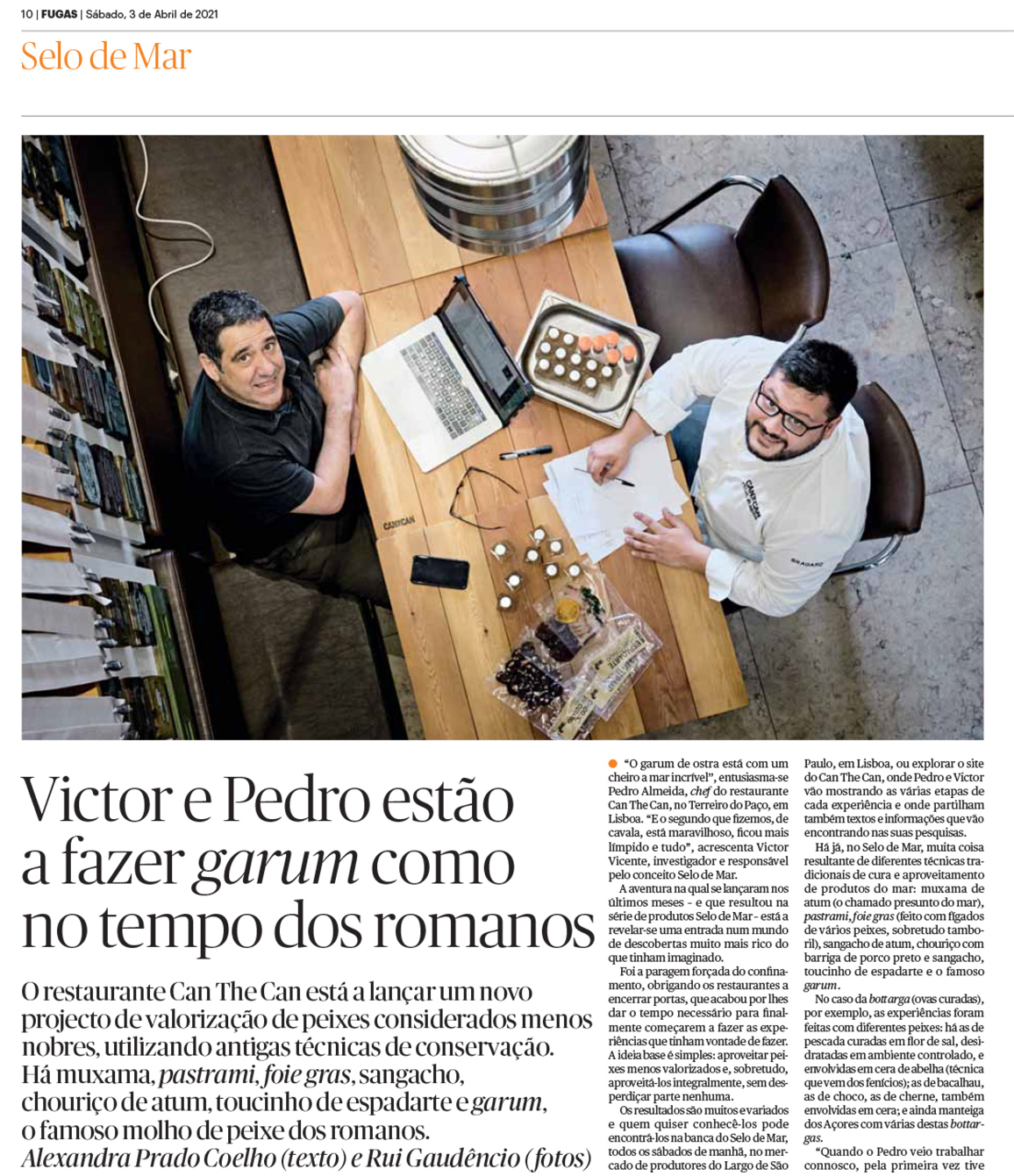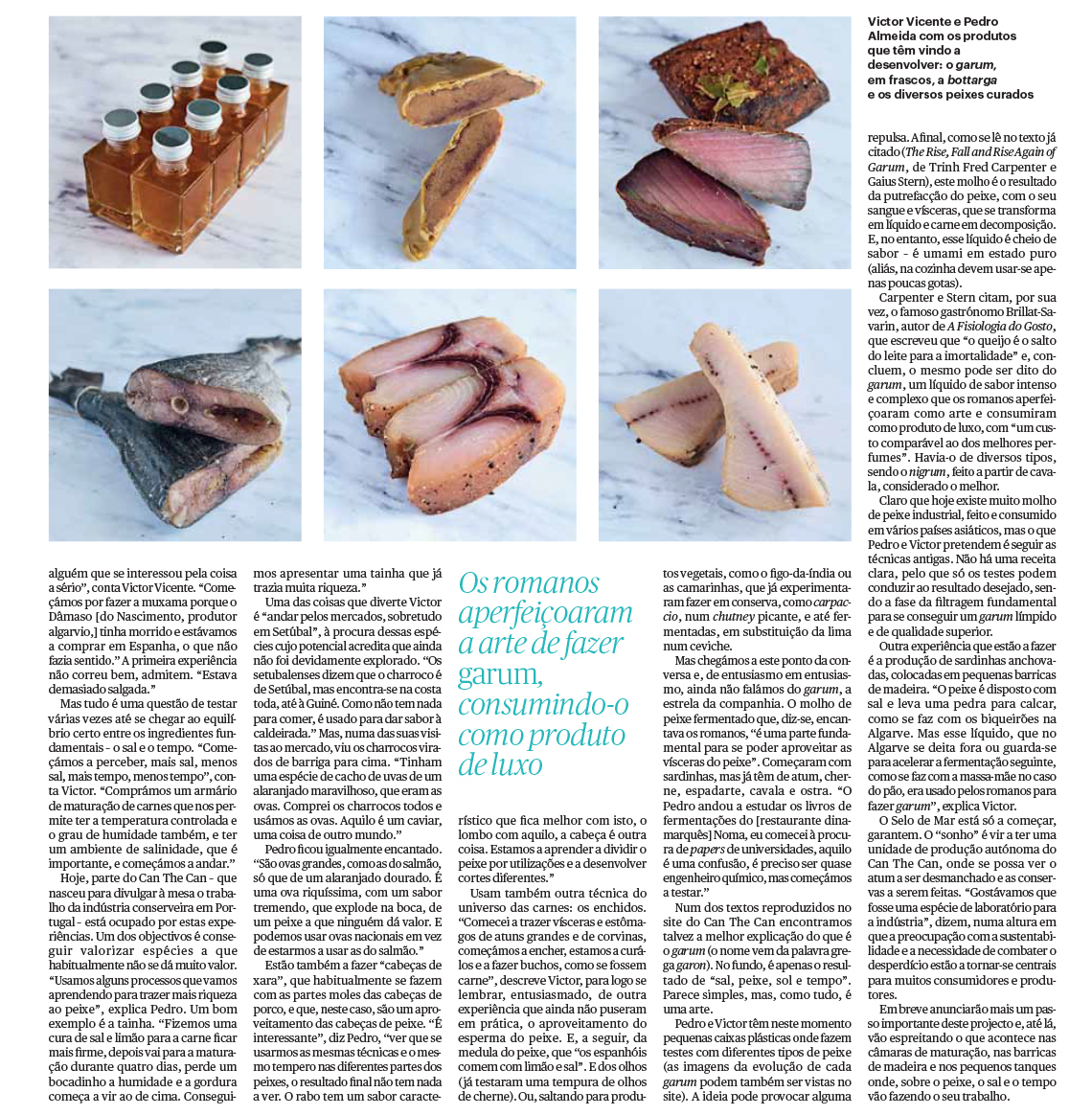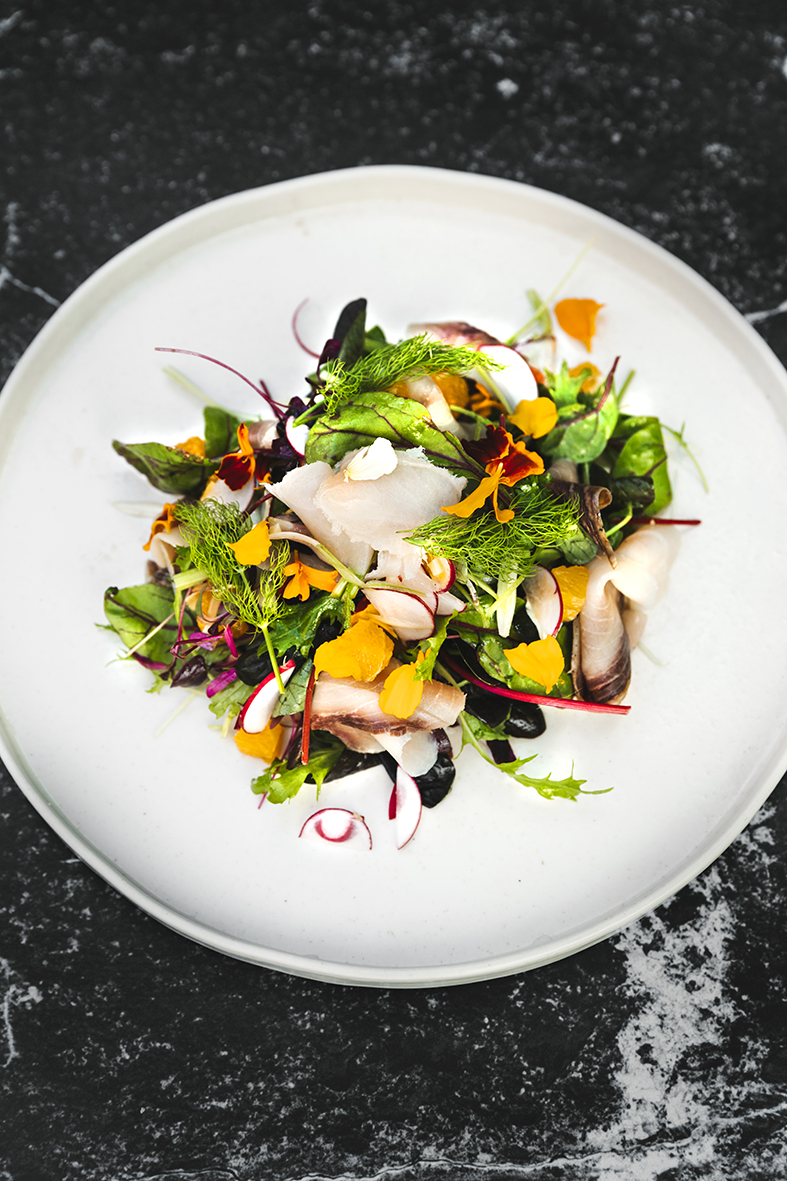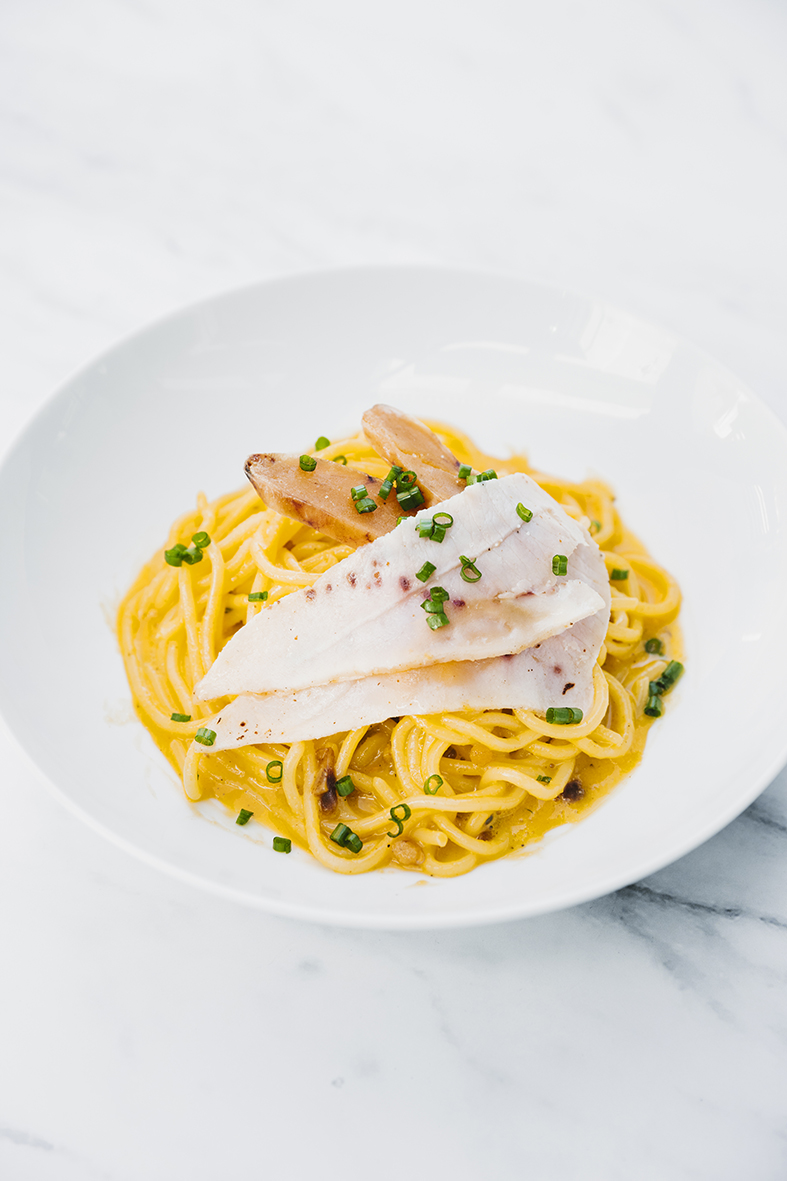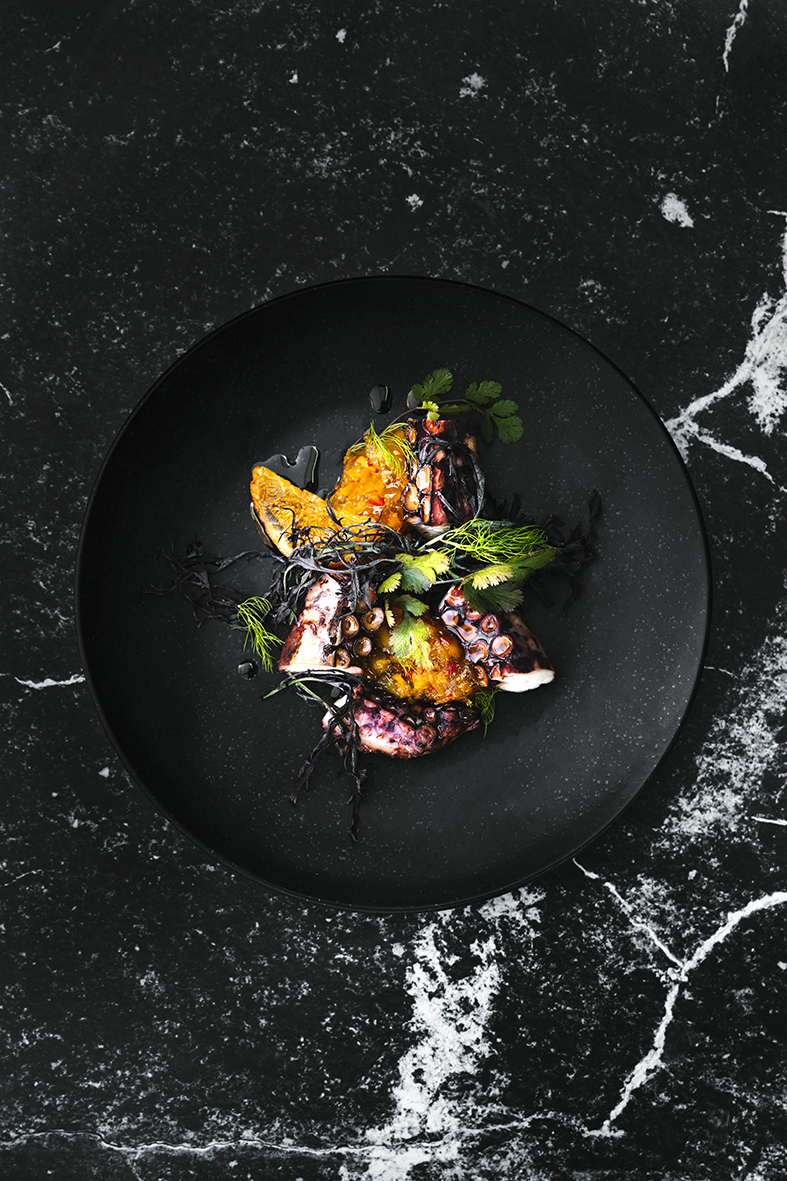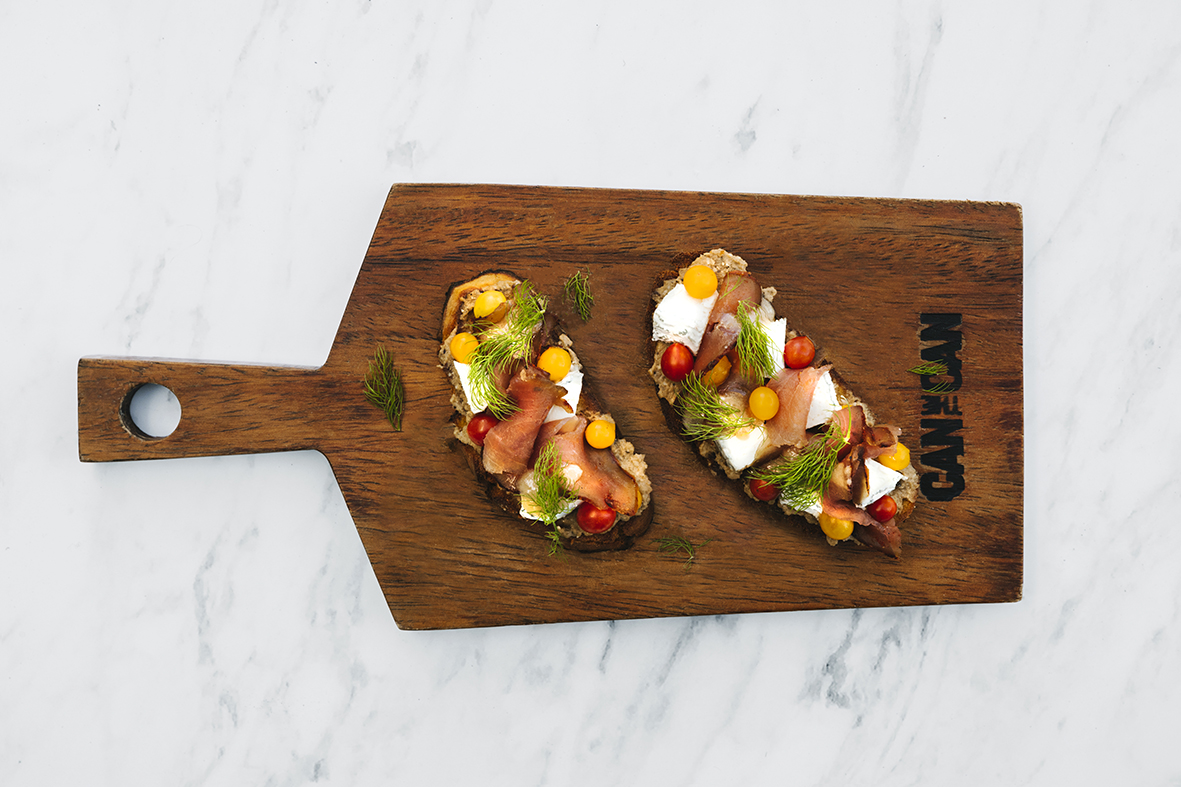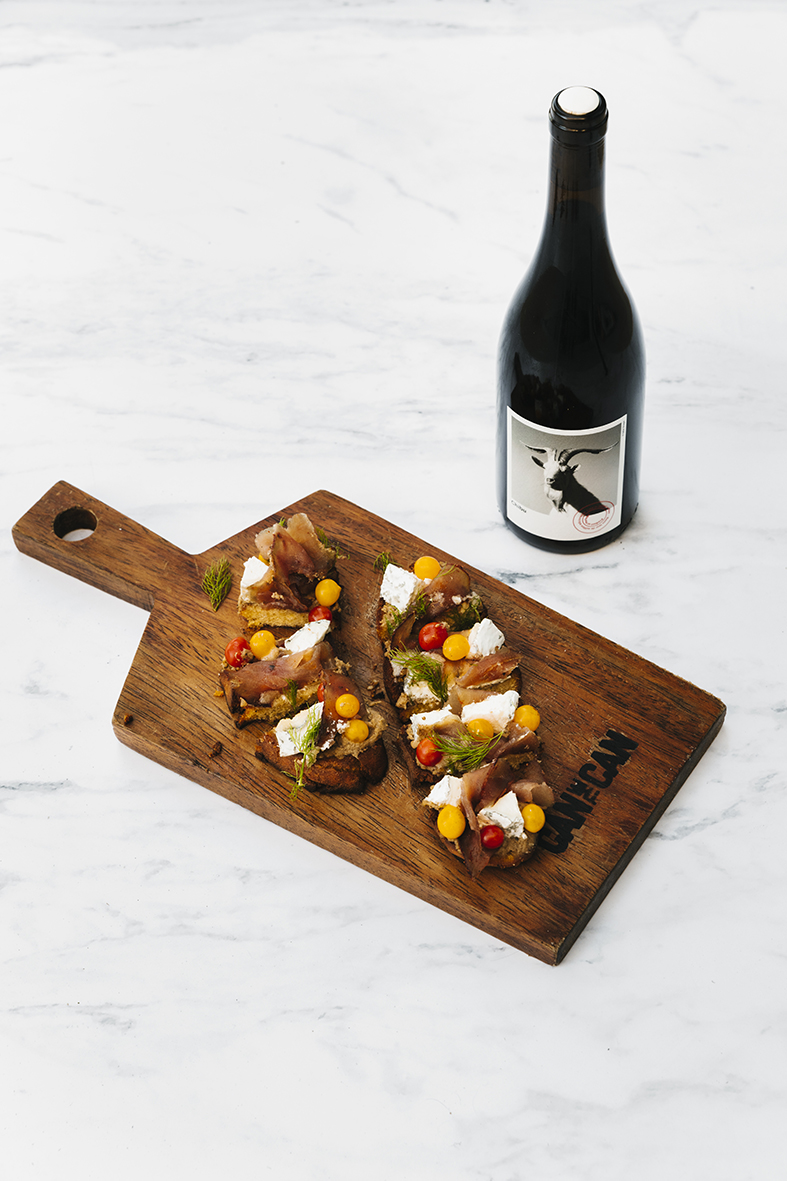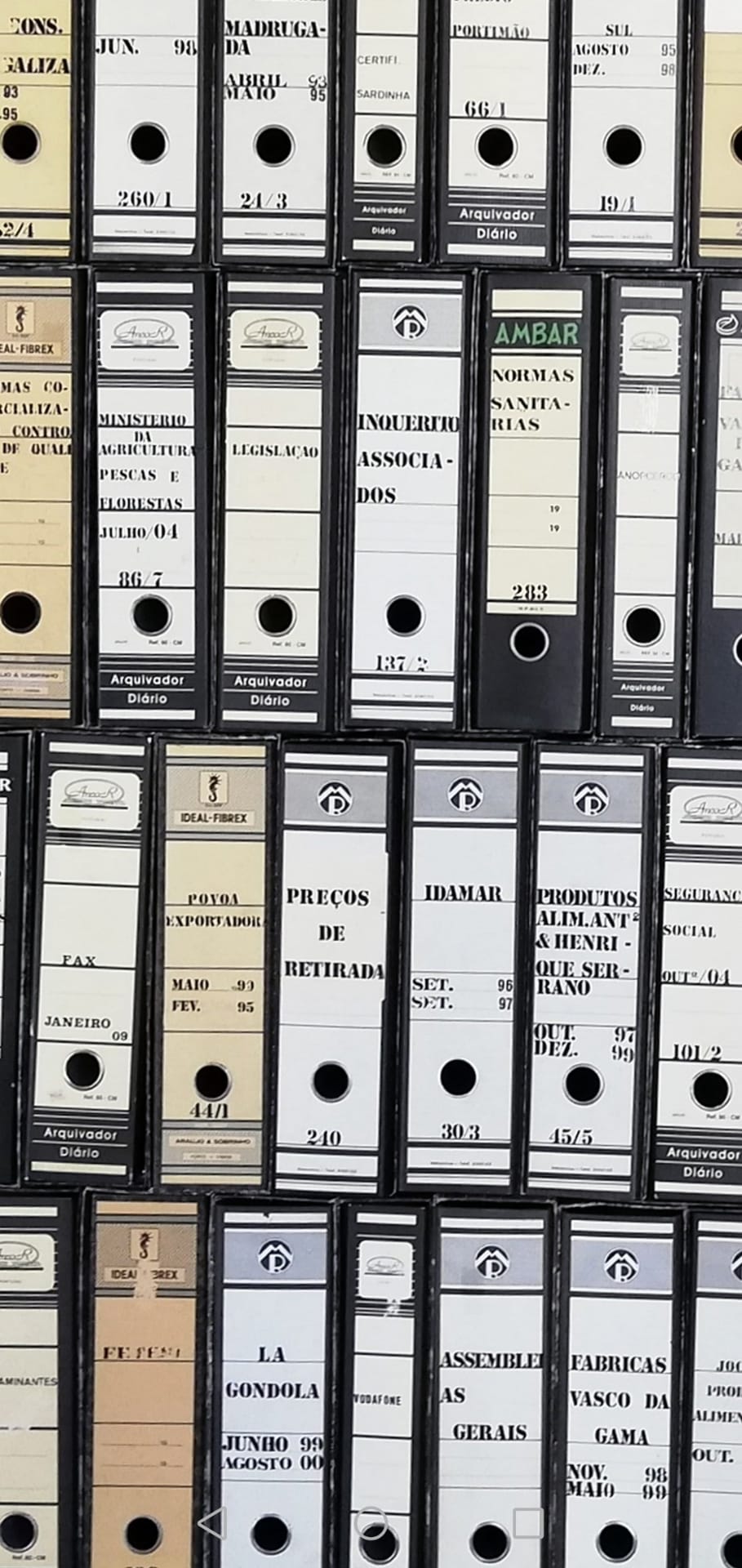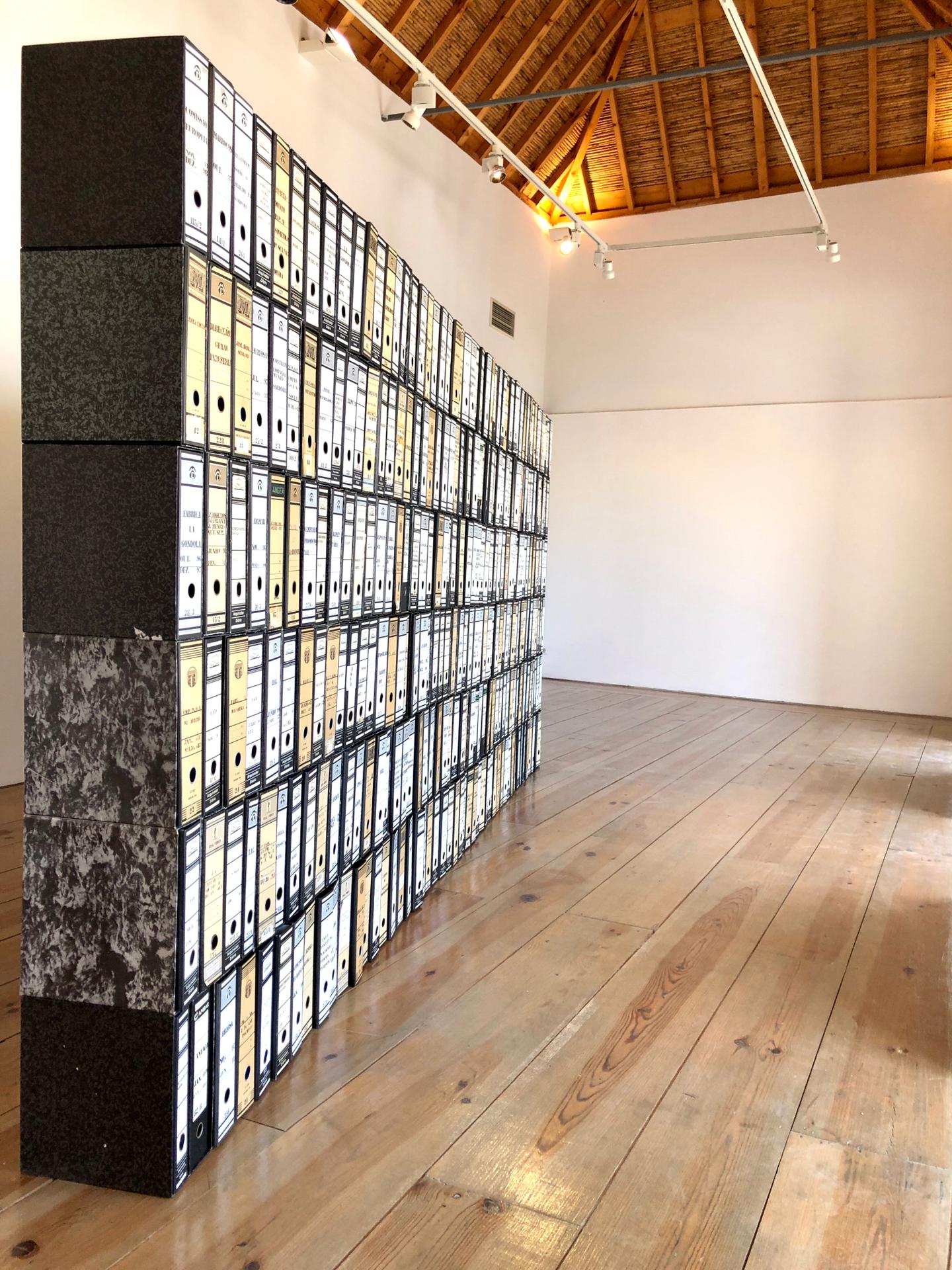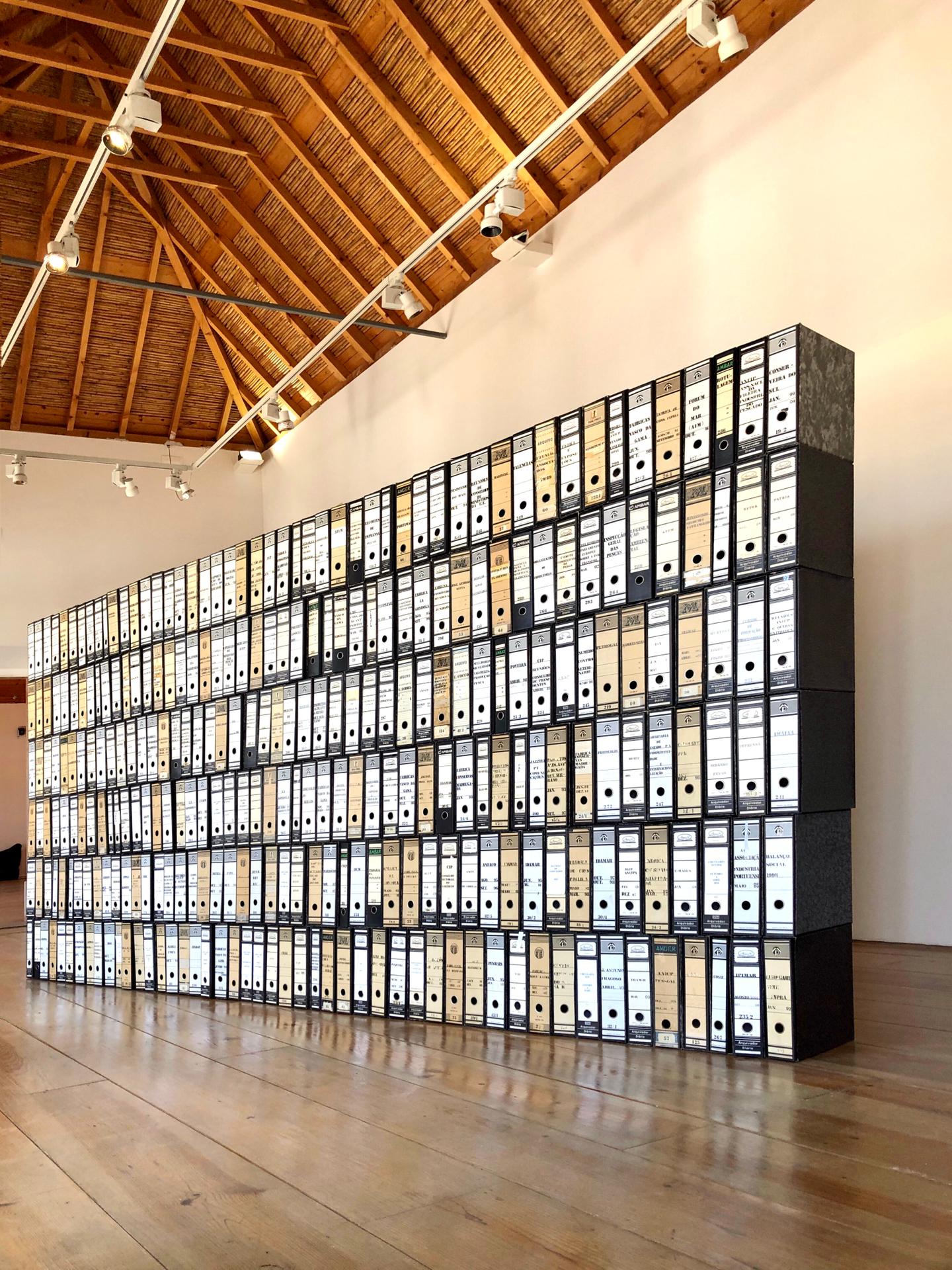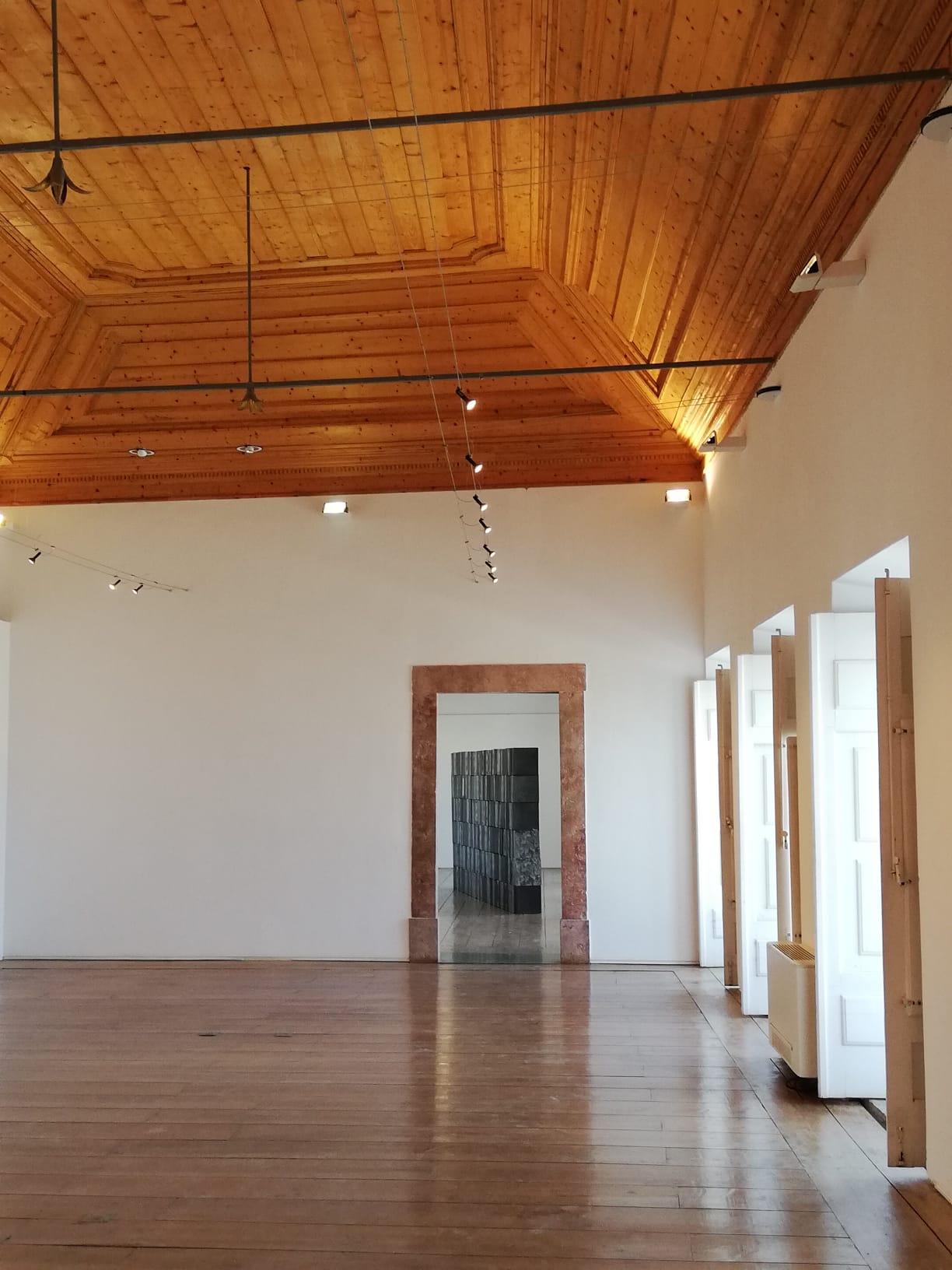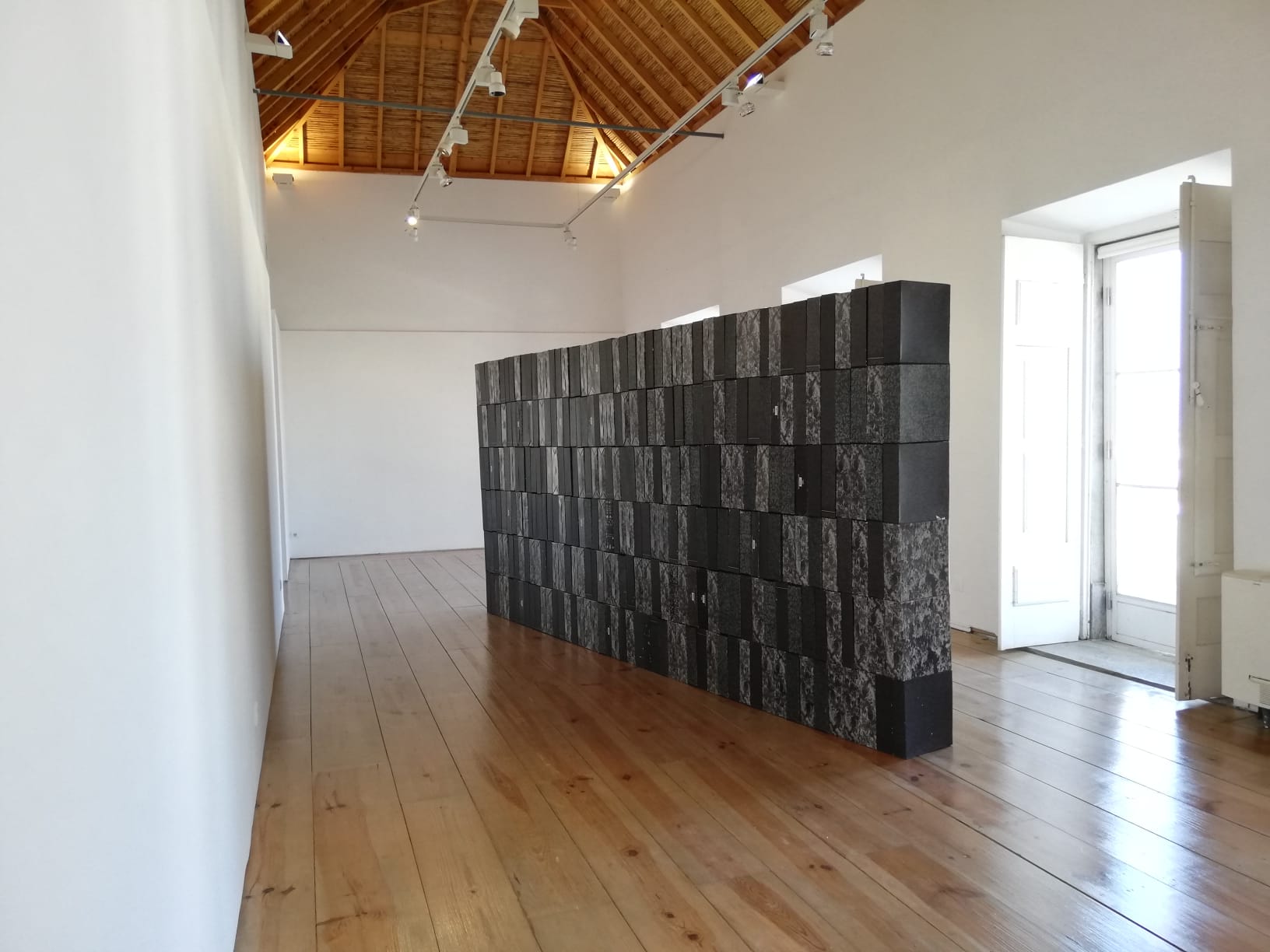Garum in Tróia

The Roman Ruins of Tróia and the CAN THE CAN restaurant will produce, for the first time in more than fifteen centuries, a production of Garum in one of the fish salting tanks of this archaeological complex.
The launch of the Garum production will take place on May 26, 2021.
The Roman Ruins of Tróia and the CAN THE CAN restaurant will produce, for the first time in more than fifteen centuries, a production of Garum in one of the fish salting tanks of this archaeological complex.
The initiative was born out of SELO DE MAR project, by the CAN THE CAN restaurant, promoted by the designer and researcher Victor Moura Vicente, and Chef Pedro Almeida. SELO DE MAR project aims to study and recover the techniques of fish conservation and innovate from tradition, in collaboration with TROIA RESORT and its archeology team from the archaeological site of Tróia, led by Inês Vaz Pinto.
This project also counts on the participation of researchers in the food field Marisa Santos, Catarina Prista and Anabela Raymundo from the Centro de Investigação em Agronomia, Alimentos, Ambiente e Paisagem of the Instituto Superior de Agronomia (Agronomy, Food, Environment and Landscape Research Center), and the zooarchaeologist Sónia Gabriel and the palinologist Patrícia Mendes, both of the Portuguese Laboratório de Arqueociências da Direcção Geral do Património Cultural (Archeosciences Laboratory of the Directorate-General for Cultural Heritage).
The launch of a sardine garum will take place in May, the month of the goddess Maia, Roman goddess of fertility, and will be made with fresh sardines from Setúbal and salt produced in the river Sado valley.
This month's choice is due to the need to take advantage of the warmest months to favor the autolytic process and the microorganisms, whose speed is faster with the increase in the ambient temperature. It is believed that also in Roman times fish sauces were made in spring and summer.
The name Garum is commonly used to define liquid fish sauces that serve to flavor other foods, such as the renowned Roman-era garum.
Highly protein, Garum has an umami flavor and was used as a condiment and to increase the intensity of the taste of food, being highly appreciated in the past. It could be made from different types of fish, anchovies, mackerel, tuna, morays and other types of fish, which determined its quality and price. In Tróia, mainly traces of sardines were found, which is why this species was chosen for this production, in addition to the symbolism it represents for Portugal.
The Roman Ruins of Tróia were the largest industrial center for fish salting in the Roman Empire, located on the Tróia peninsula, on the south bank of the Sado estuary, a few kilometers from Setúbal. This archaeological site has been a National Monument since 1910 and has been inscribed, since 2016, on the Portuguese Indicative List of World Heritage. CAN THE CAN opened in 2012, at Terreiro do Paço, in Lisbon, with a unique concept in the world, to promote the national canning industry.
PRESS - for information requests please use: info@canthecanlisboa.com
